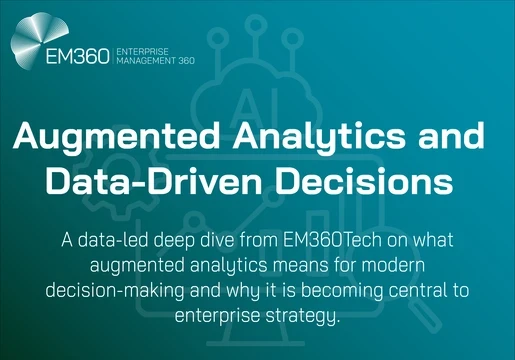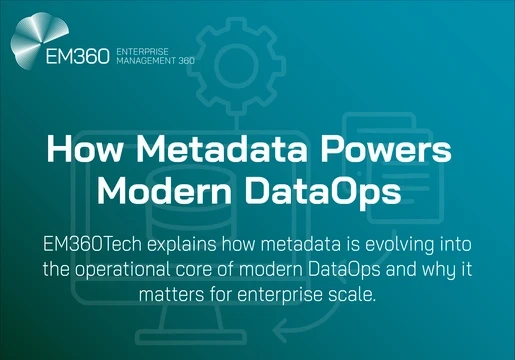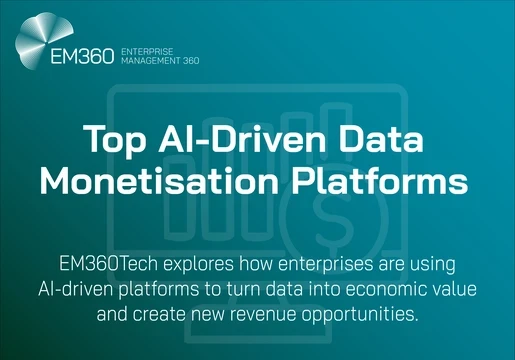In today’s data-driven world, leveraging reliable data is often central to an organisation's success. But the complexity, scale, and interdependence of modern data systems sometimes can make delivering accurate and reliable data feel like a nightmare task.
That’s where data observability tools come in.

What are data observability tools?
Data observability tools help you understand, diagnose, and manage data health across multiple IT tools throughout the data lifecycle. Think of them as magnifying glasses into your data, allowing your organisation to detect and address data issues promptly and build trust in your valuable data.
This process involves tracking various aspects of data – such as its volume, velocity, variety, and veracity – to ensure data integrity and compliance.
Data observability tools help with this process by providing features such as data monitoring, anomaly detection, data lineage tracking, and alerting. Together, these features help you to keep tabs on your data operations and quickly respond to issues, ultimately leading to better decision-making and more reliable data-driven insights.
Choosing a data observability tool
Choosing the best data observability tool for your organisation requires careful consideration of several factors. Here's a step-by-step guide to help you make your decision:
- Define your data observability goals. What do you hope to achieve with data observability? Are you primarily focused on improving data quality, identifying data pipeline issues, or enhancing data security? Clearly define your goals to narrow down your options and choose a tool that aligns with your priorities.
- Assess your data landscape. Understand the types of data you generate, the sources of that data, and the tools and technologies you use to manage it. This will help you determine the compatibility and integration capabilities of potential data observability tools.
- Evaluate key features. Consider the features and capabilities that are most important to you. Some essential features include data profiling, anomaly detection, root cause analysis, real-time monitoring, and alerting. Prioritize features that address your specific needs and challenges.
- Consider ease of use and integration. Choose a tool that is easy to use and integrate with your existing data infrastructure and tools. This will minimize the disruption to your workflow and ensure a smooth transition to data observability.
- Evaluate pricing and scalability. Data observability tools vary in pricing models and scalability options. Consider your budget and growth plans to choose a tool that fits your financial constraints and can accommodate your future data volume and complexity.
Top data observability tools
There are a variety of data observability tools available today, each offering different features to give you visibility into your data assets. Choosing the best data observability tool for your business is crucial to gaining actionable insights from your data.
In this list, we’re taking a look at ten of the top data observability tools on the market today, exploring their key features, capabilities and price points.







Comments ( 0 )